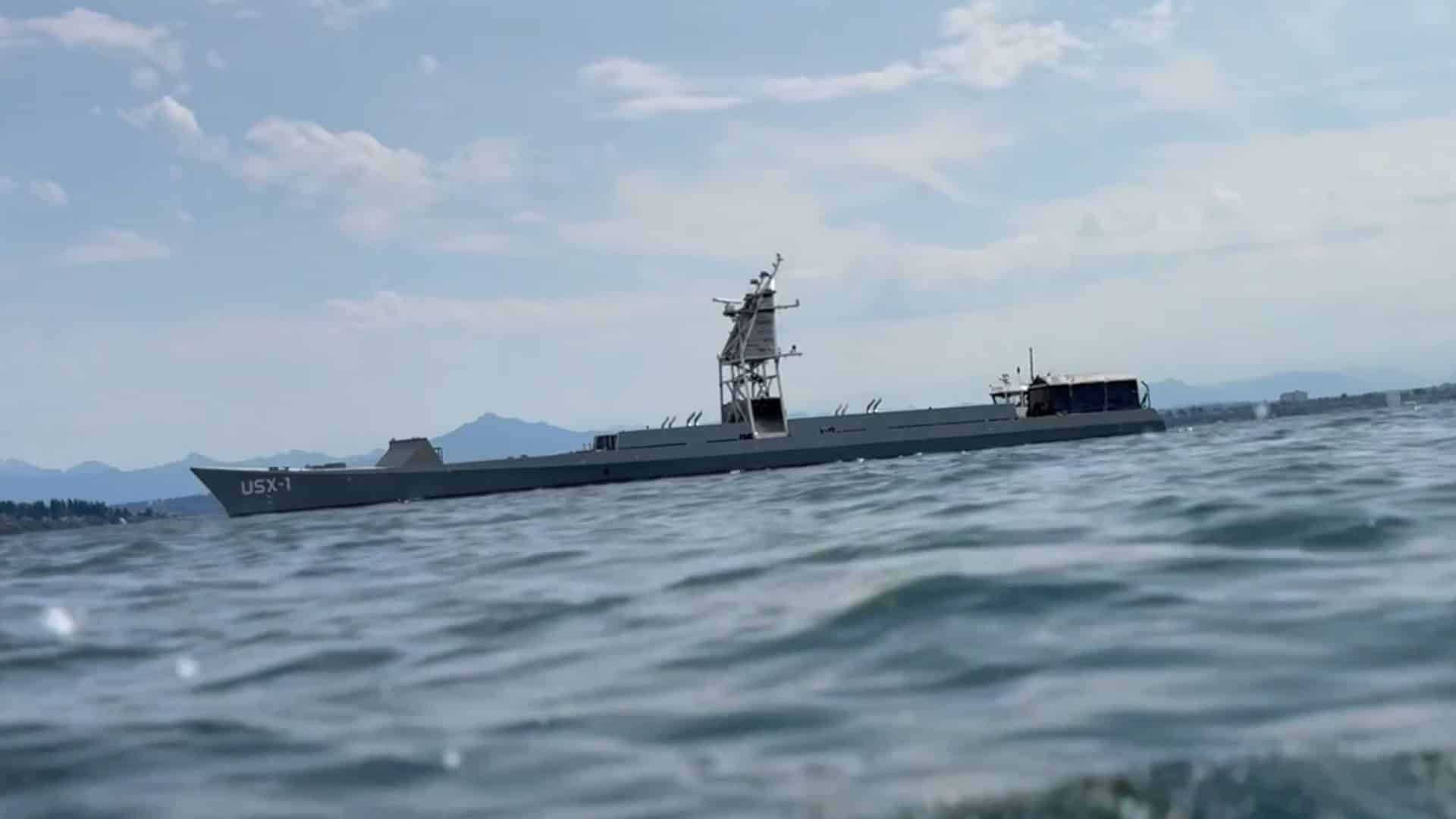US Navy getting Defiant: Unmanned ship highlights innovation
US Navy Unveils Groundbreaking Autonomous Vessel

The United States Navy has taken a significant step in unmanned maritime technology with the launch of the USX-1 Defiant, a pioneering fully autonomous medium unmanned surface vessel (MUSV). Unveiled on Monday in Everett, Washington, this innovative ship is designed to operate for over a year at sea without any crew on board. The USX-1 Defiant is a key component of the Defense Advanced Research Projects Agency’s (DARPA) No Manning Required Ship (NOMARS) program, which aims to revolutionize naval warfare by eliminating the need for human accommodations on warships.
Innovative Design for Challenging Conditions
Measuring 180 feet in length and 42 feet in height, the USX-1 Defiant is engineered to withstand the rigors of the open ocean. Weighing in at 529,000 pounds, it can cruise at speeds of up to 20 knots and endure waves of up to 30 feet without compromising its performance. According to DARPA, the vessel is built to operate effectively in “sea state 5 conditions,” allowing it to quickly resume operations after facing severe weather.
The NOMARS initiative has redefined naval design by removing all human habitability requirements. This means the Defiant does not include crew quarters, passageways, or life support systems, which streamlines its hull and optimizes space for essential mission systems such as propulsion, navigation, sensors, and weaponry. Greg Avicola, the NOMARS program manager, emphasized the vessel’s compact design, stating, “She’s no wider than she must be to fit the largest piece of hardware, and we have no human passageways to worry about.” This innovative approach not only enhances the vessel’s capabilities but also reduces construction complexity and costs.
No crew required: Christening held for autonomous ship prototype in Everett
Strategic Implications and Future Prospects
The US Navy views autonomous vessels like the Defiant as vital to its future operational strategy, particularly in light of increasing maritime tensions with China in the Western Pacific. Navy Secretary John Phelan highlighted the importance of unmanned systems, stating they will provide persistent surveillance, intelligence gathering, and defensive capabilities, thereby enhancing the Navy’s deterrent posture in the region. The U.S. Congress has shown strong support for this initiative, approving $2.1 billion in funding for the development and integration of MUSVs, aligning with the vision of a “drone hellscape” to counter Chinese naval activities.
As the USX-1 Defiant undergoes systems testing, it is set to embark on an extended at-sea demonstration to validate its reliability and endurance. Following these trials, DARPA plans to transfer the vessel to the Navy’s Unmanned Maritime Systems Program Office, marking it as the fleet’s first fully autonomous MUSV. With the recent funding approval, the Navy is poised to scale up production of unmanned vessels, potentially transforming U.S. maritime warfare capabilities in the near future.
